We arrived at Muong Thanh Bridge in the middle of a sunny April afternoon. The bridge was a route for transporting raw materials, ammunition, barbed wire... to serve the construction of defensive bases in the eastern region of the strongest stronghold group in Indochina. But perhaps the French did not expect that this bridge, on the afternoon of May 7, 1954, would welcome our soldiers' footsteps to storm the command bunker of the French expeditionary army, capturing General De Castries alive...
 |
| Our army crossed Muong Thanh bridge to enter the center of Dien Bien Phu. Photo TL |
From the De Castries bunker, going upstream a bit, Muong Thanh bridge across Nam Rom river appeared before our eyes. Right at the head of the bridge was a stele shining with the golden history of the nation with prominent lines: At 2:00 p.m. on May 7, 1954, Company 360, Battalion 130, Regiment 209, Division 312 crossed Muong Thanh bridge to attack and destroy the French 4-barreled heavy machine gun nest, directly attacking the Command Center of Dien Bien Phu stronghold (PC.GONO).
The historic bridge is still here, intact as it was when the French army built it, but it no longer has to carry the heavy load of ammunition and barbed wire like before. Slowly walking across the bridge, we heard the echoes of the past: On November 20, 1953, the French colonialists chose Dien Bien Phu to build the strongest stronghold group in Indochina with 49 strongholds, divided into 3 sub-regions. To facilitate the movement, the French army built an iron bridge across the Nam Rom River and called it the "Prenley" bridge - a route for transporting food, raw materials, ammunition, barbed wire... to serve the construction of defensive strongholds in the Eastern region. This is a field bridge that was prefabricated and transported from France, assembled at Dien Bien Phu. The bridge is 40m long, 5m wide, the two sides of the bridge are simple iron bars without a central axis, the bridge floor is paved with wood, underneath are iron beams that are firmly connected together to ensure a load capacity of 15-18 tons. The French arranged the bases: 507, 508 and 509 with the task of protecting the bridge, supporting the high points in the East and Northeast of the stronghold, protecting the PC. GONO Command Post. Right at the western end of the bridge, the French army arranged 2 4-barreled heavy machine guns. With this arrangement, General De Castries hoped to hold the bridge, hold the gateway to supply the high points in the East and Northeast of the stronghold... But, perhaps the French did not expect, the field bridge across the Nam Rom River became a means of guiding our troops to attack, planting the flag of "Determination to Fight, Determination to Win" on the roof of General De Castries' bunker.
Our steps stopped in the middle of the bridge because we met a group of veterans from Huu Bang - That commune, Hanoi City, visiting the old battlefield. With medals shining on his chest, his hands tightly gripping the bridge railing, Dien Bien soldier Tran Cong Binh was lost in the past: To have the moment when Captain Ta Quoc Luat and the soldiers in the assault team crossed Muong Thanh bridge and went straight to the enemy command post, capturing General De Castries and the entire General Staff of the Dien Bien Phu stronghold, how many of my comrades sacrificed. The bridge is still here but my comrades are still walking, you guys will not be able to witness the moment of total victory, let alone enjoy the fruits of peace. The tears of the Dien Bien soldier years ago fell on the bridge and flew away in the sun, like a fragrant incense stick to pay tribute to his comrades who lay here. We all fell silent and understood that, to have the brilliant sunshine on Dien Bien today, the blood and bones of our ancestors have soaked into this land; The reason for the rapid steps of the Dien Bien soldiers crossing the bridge and entering De Castries' bunker was the brave sacrifice of Phan Dinh Giot when he used his body to fill the loophole in the battle of Him Lam hill that opened the campaign.
 |
| Muong Thanh Bridge today is witnessing the daily transformation of the heroic land of Dien Bien Phu. |
Returning to this side of the bridge, stopping at a tea shop, the shop owner stopped to split a coconut and greeted us with a question instead of a greeting: Why don't you come to the bridge when the afternoon sun is less hot? For the past month, there have been many customers coming here. Over a cup of fragrant tea, the conversation between the owner and the customer suddenly became friendly. It turned out that the shop owner, Ha Van Duong, was not from Dien Bien. For special reasons, 20 years ago he came here, and had a connection with this land, so he stopped to make a living. Pointing to the road ahead, Mr. Duong told us like a tour guide: That's the road to De Castries' tunnel, next to it is the road to the airport. You guys can't imagine, when I came here, this area was a deserted coffee area, now it's crowded with people. People's lives are getting better day by day... While he was talking, Mr. Duong had a customer. Waiting for the customers to park their motorbikes and sit at the table, Mr. Duong introduced: This is Chang A Chu, a police officer of Thanh Truong ward, if you want to know anything about the locality, just ask him. Without giving us time to ask, Mr. Chang A Chu started the conversation with information about security and order in Thanh Truong: In the past, security and order in this area were not very good, social evils, especially drugs, still existed, followed by petty theft. But thanks to the strong direction of the local government, we resolutely fought against all kinds of crimes, built a security posture among the people, so now everything has come back into order, people are assured to develop the economy , contributing to building their homeland.
Also at the tea shop at the bridgehead, we met a pretty Thai girl named Lo Thi May, who lives in Muong Thanh ward, stopping by the shop to wait for her friend who was visiting De Castries bunker. May said: I was born and raised in Muong Thanh, my house is near Hill A1 Relic. Since I was little, I have heard many stories about Hill A1, about historical relics in Dien Bien Phu city, at that time, I thought it was a fairy tale. Later, I understood that it was a heroic history in my homeland.
In the afternoon, the sun has faded, making the flow of people and vehicles on Muong Thanh bridge more bustling. I am sure that in that bustle there are not only Dien Bien people but also people from many provinces and cities across the country. People from all over the country, like us, head towards Dien Bien and are present on this bridge. Muong Thanh bridge today quietly exists on the Nam Rom river to continue connecting the past with the present, to tell visitors about a time of war and witness the daily changes of the heroic land of Dien Bien Phu.
Source


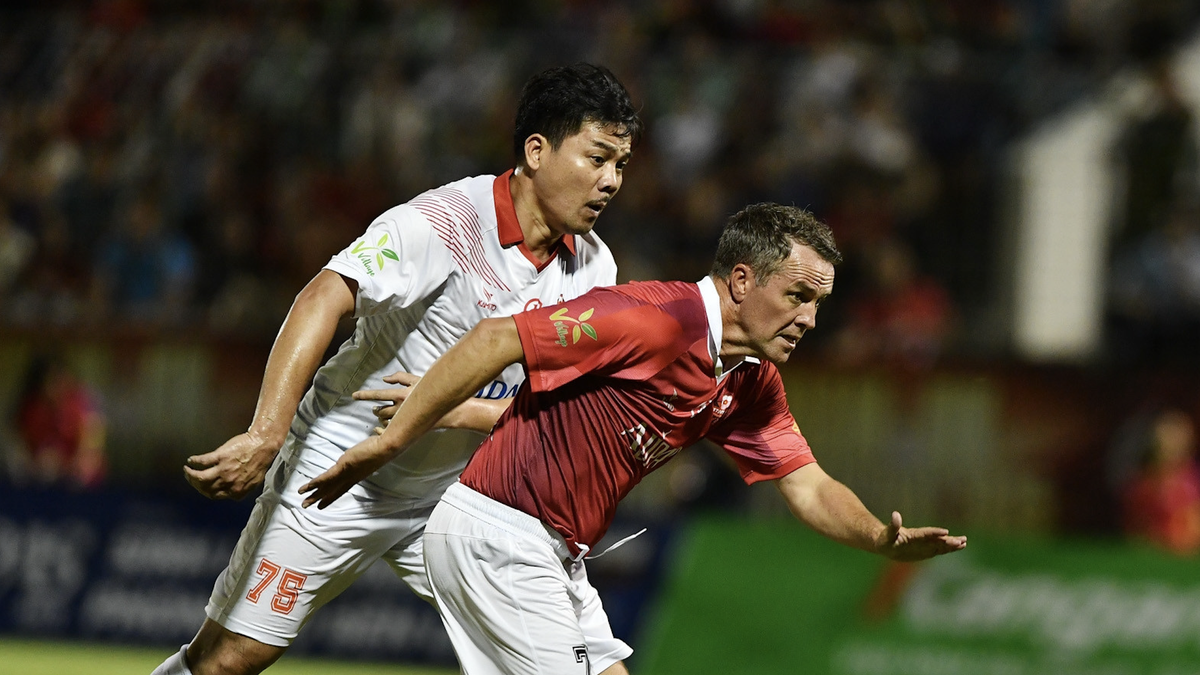

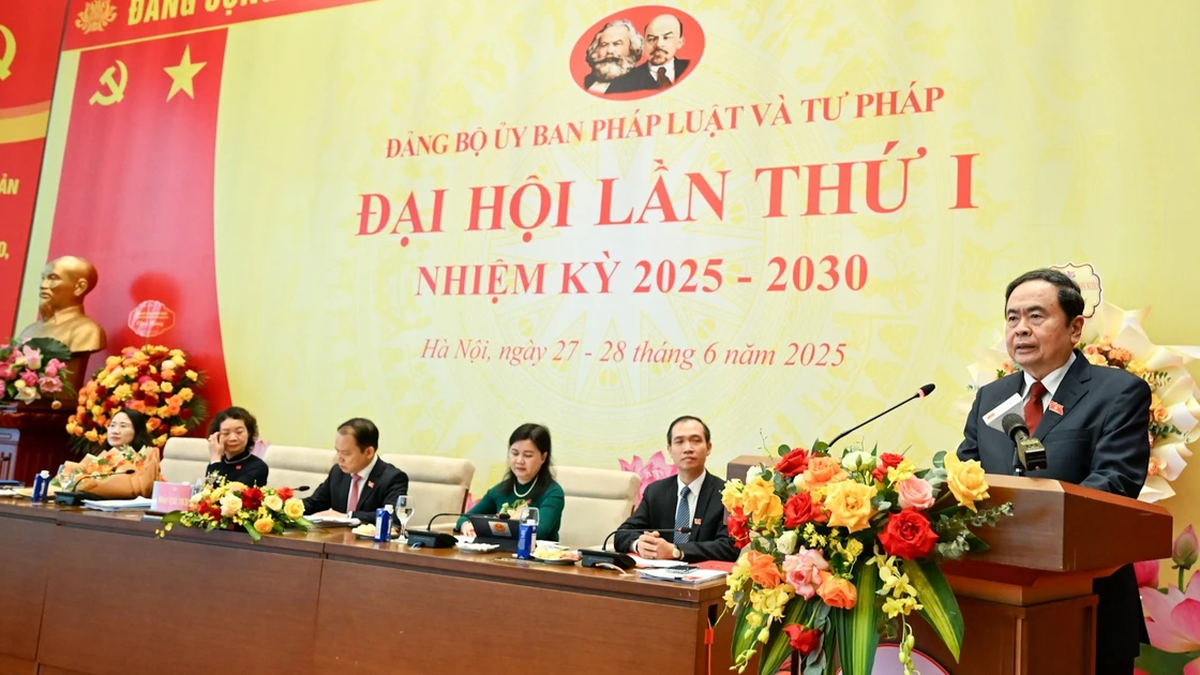

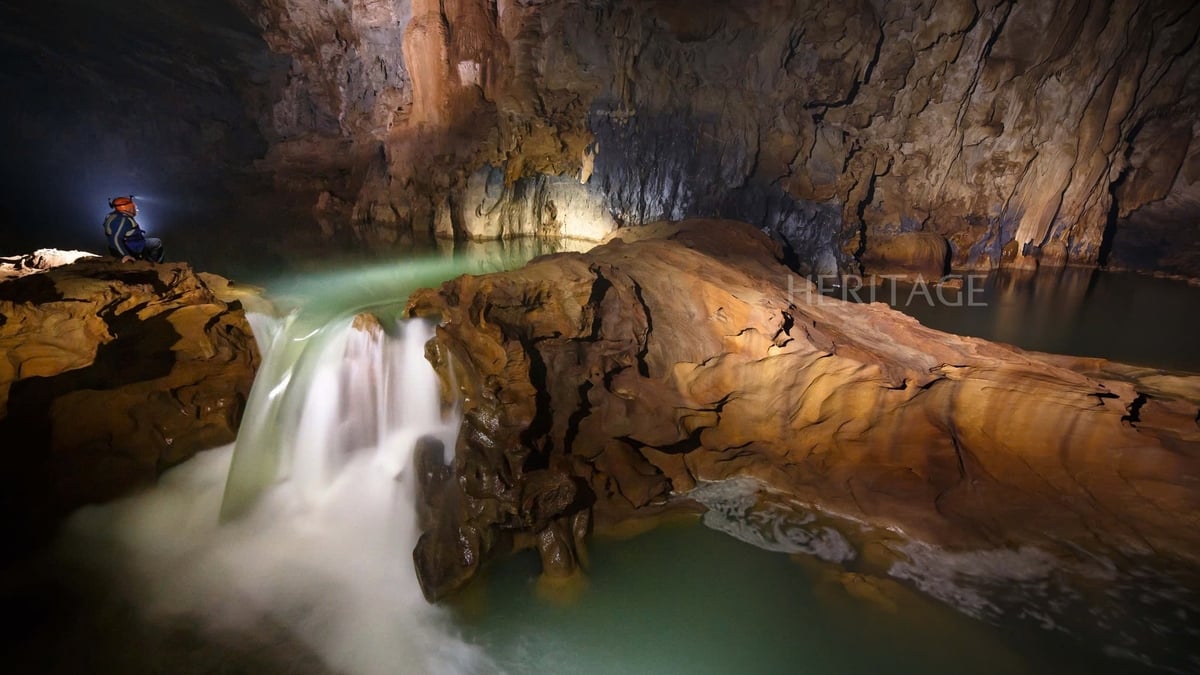













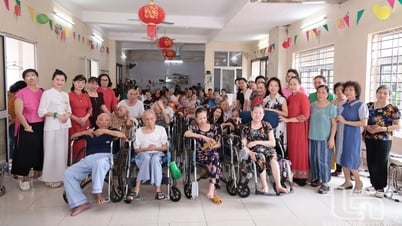

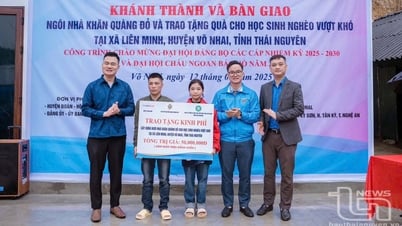


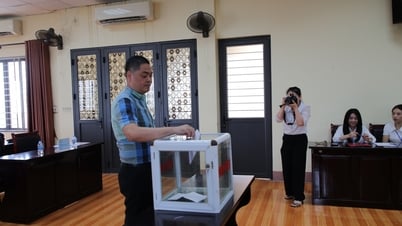









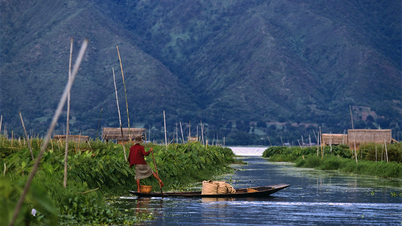


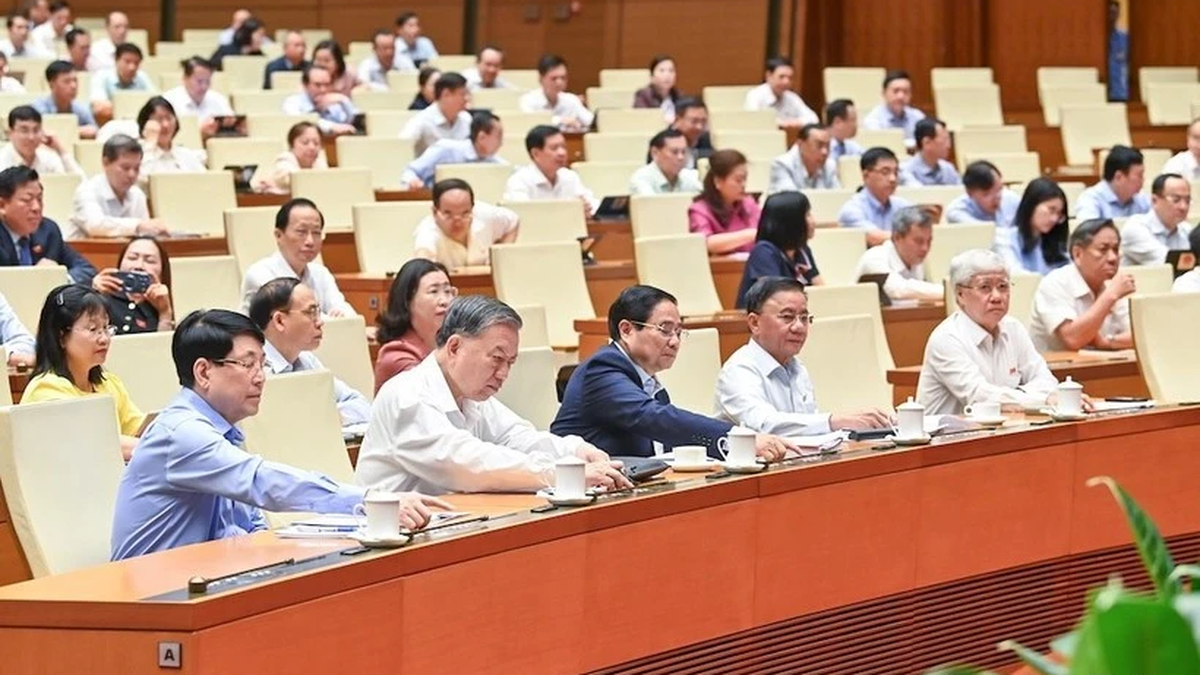
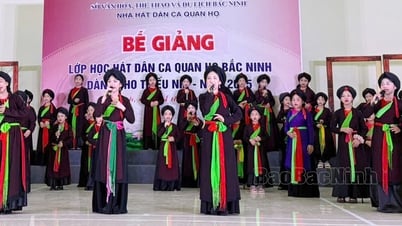

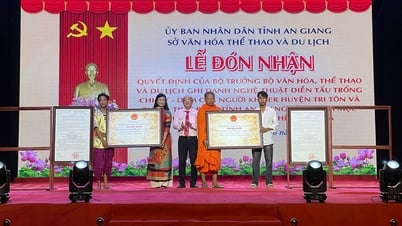

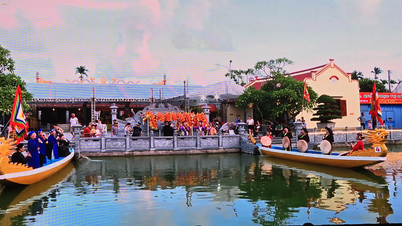

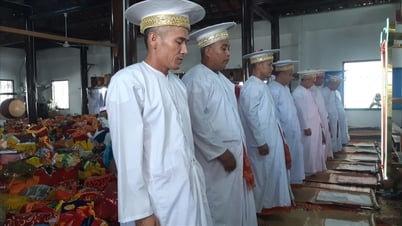

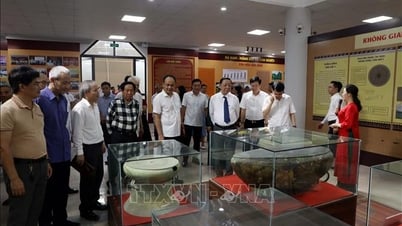









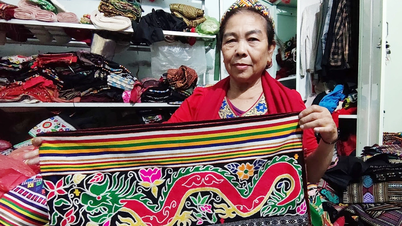







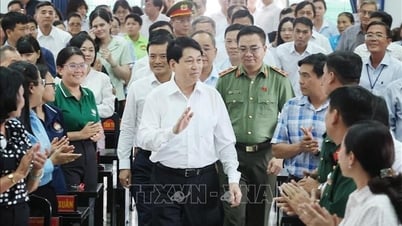
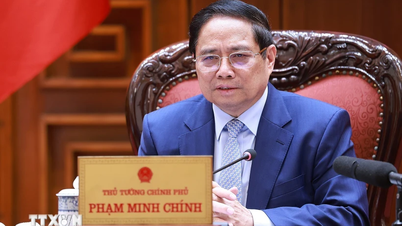


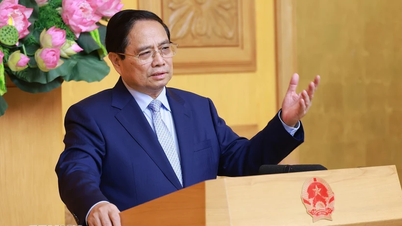





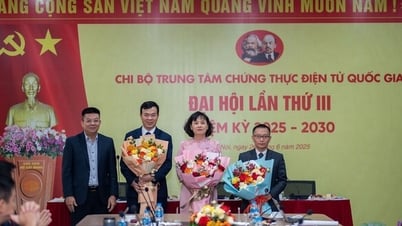







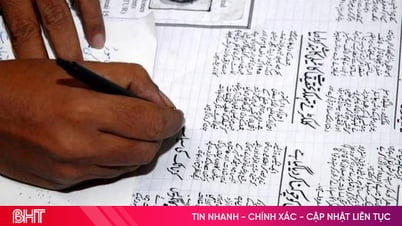


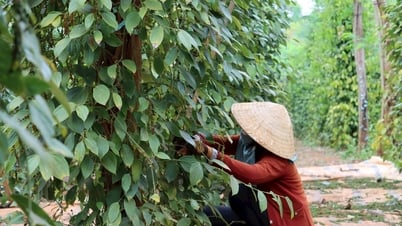


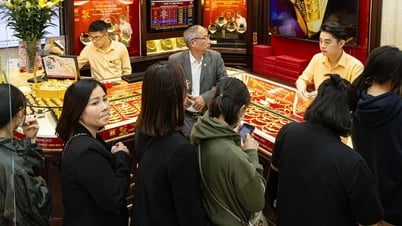











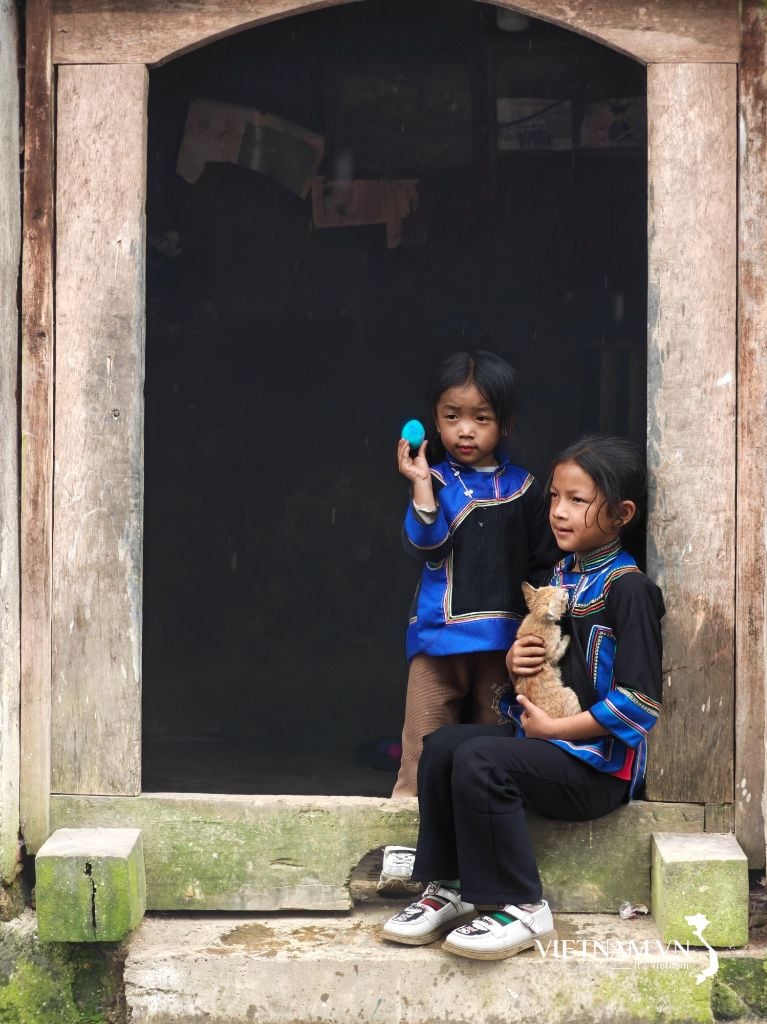
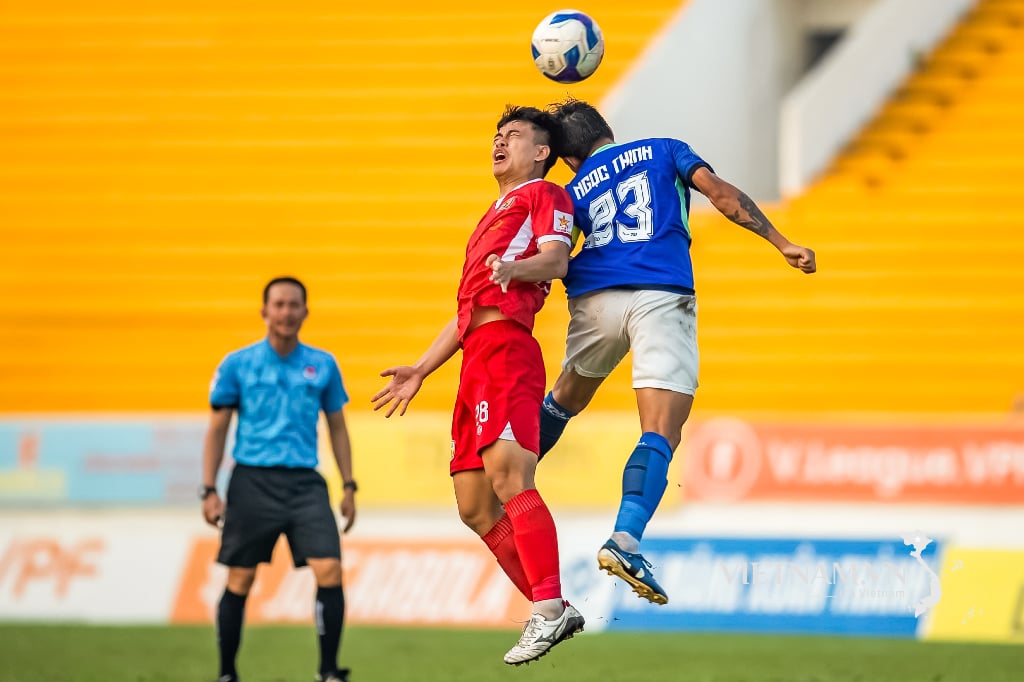

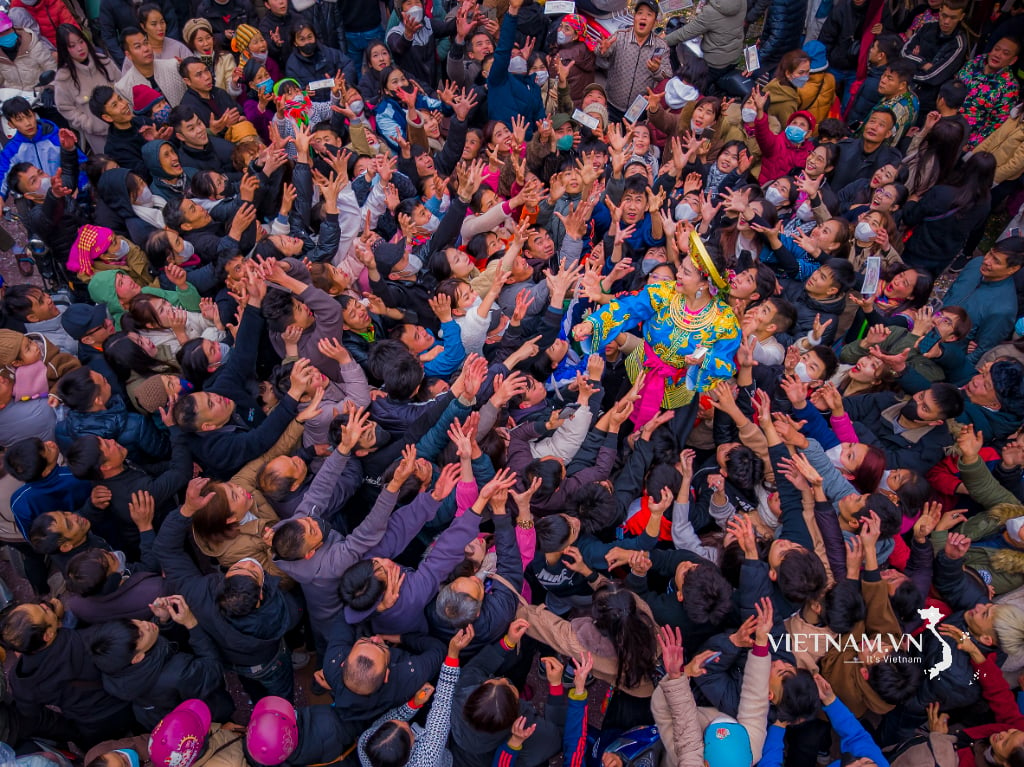
Comment (0)